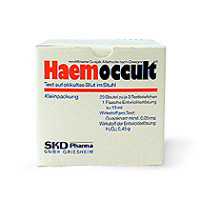 |
||
| Enquiries: 028 37563211 |
||
 |
FLUORIDE EDTA TUBE: These tubes contain an anticoagulant and a stabilizer. Ie EDTA and sodium fluoride. Grey top tubes are suitable for the analysis of blood sugar and lactate. |
 |
LITHIUM HEPARIN TUBE: The interior of the tube wall is coated with lithium heparin. The anticoagulant heparin activates antithrombins, thus blocking the coagulation cascade and producing a whole blood / plasma sample instead of clotted blood plus serum. Lithium determinations should not be performed in VACUETTE® Lithium Heparin tubes. |
 |
EDTA TUBE: The interior of the tube wall is coated with EDTA K3. The EDTA binds calcium ions thus blocking the coagulation cascade. Potassium, calcium and magnesium determinations should not be performed in ETDA tubes. |
 |
|
 |
PLAIN TUBES: These clot activating tubes are coated with micronised silica particles, which activate clotting when tubes are gently inverted. |
 |
TRANSPORT SAMPLE TO LABORATORY IMMEDIATELY ON ICE |
 |
HAEMOCCULT TEST: A small sample of faeces is smeared onto a piece of card. A chemical is added to the sample on the card. If there is a change in colour after adding the chemical, it indicates that some blood is present. |
SHSCT
